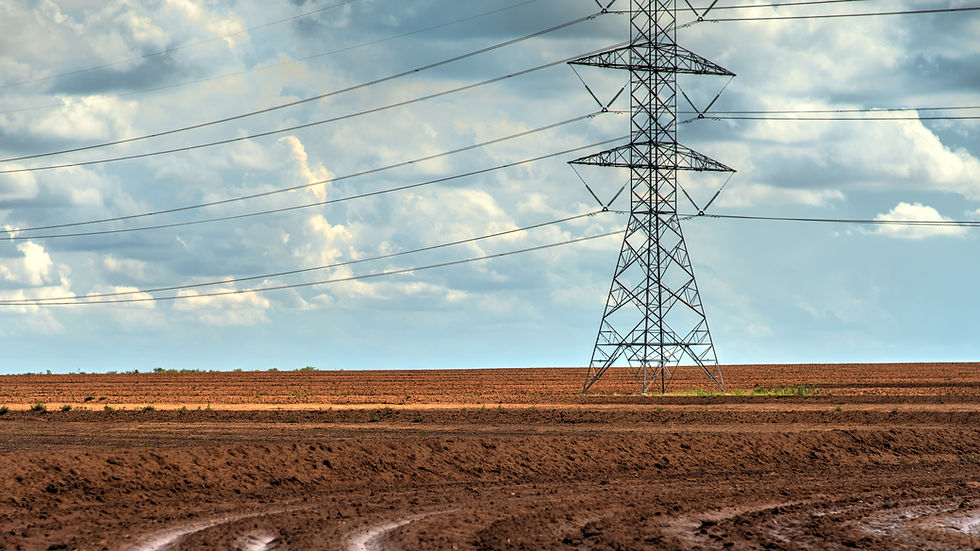Britain’s grid faces historic low demand as Solar Power sets new records
- Hannah Allen

- 3 days ago
- 2 min read
By Darren Lewis | 24-4-25

The National Grid Electricity System Operator (NESO) has released its 2025 Summer Outlook, forecasting that electricity demand on Great Britain’s transmission network could drop to an unprecedented low, potentially below 13.4 gigawatts (GW). This would surpass the previous record set during the COVID-19 lockdown in June 2020.
This anticipated decline is largely attributed to a surge in solar power generation. In March and April, solar output reached a new peak of 12.68 GW, exceeding Britain’s total import capacity from European interconnectors.
To manage these conditions, NESO may employ tools like the Negative Reserve Active Power Margin (NRAPM), which signals the need for greater grid flexibility. This could involve instructing certain power plants to reduce output to maintain balance.
Dr. Deborah Petterson, Director of Resilience and Emergency Management at NESO, highlighted the engineering challenges of decarbonisation, noting the necessity of managing the system when lower demand coincides with higher renewable generation. She emphasised that NESO’s innovations aim to enhance the resilience of Britain’s electricity network and deliver economic benefits by improving flexibility and competitiveness during low-demand periods.
Darren Lewis, Managing Director of Solar Group Utilities, commented on these developments:
“The UK’s transition to clean energy sources is no longer a distant vision—it’s an urgent necessity. As a nation, we’ve made significant strides in embracing renewable power, with solar energy emerging as a cornerstone of our sustainable future. However, our work is far from over. It’s incumbent upon industry leaders like us to drive this revolution forward, empowering communities and businesses to harness the full potential of this abundant, carbon-free resource.”
These developments mark a vital step in the energy transition, supporting a cleaner, more flexible, and resilient electricity network for the future.















